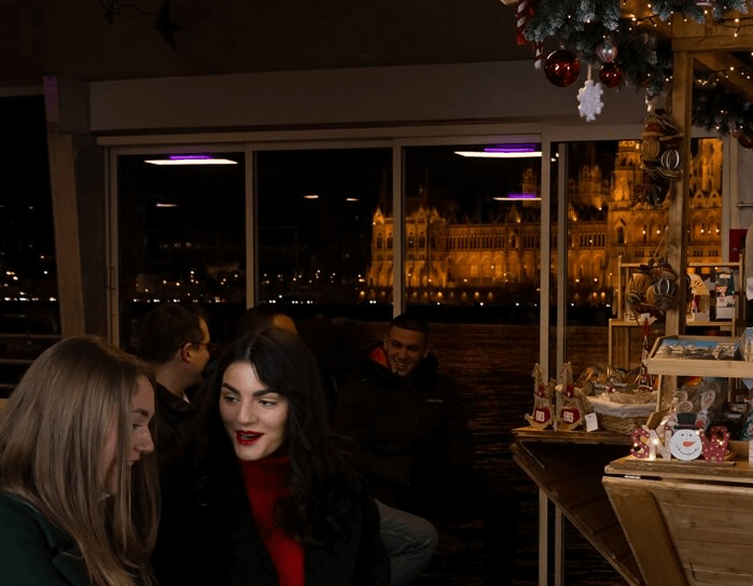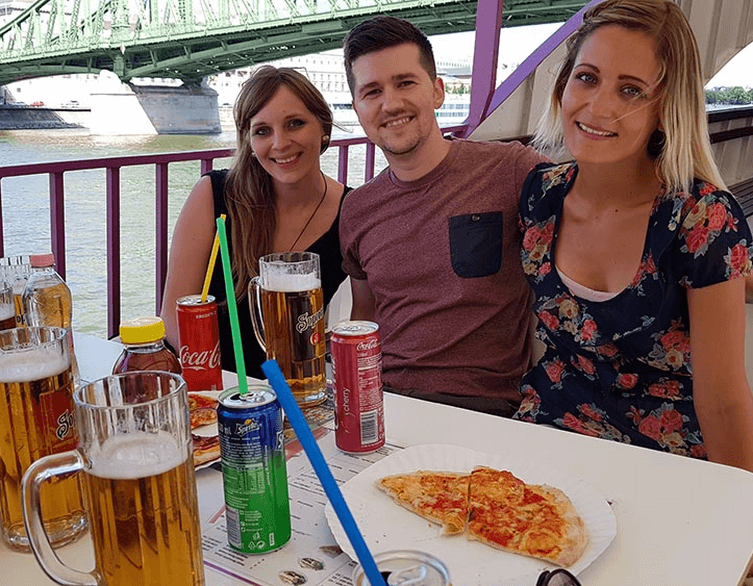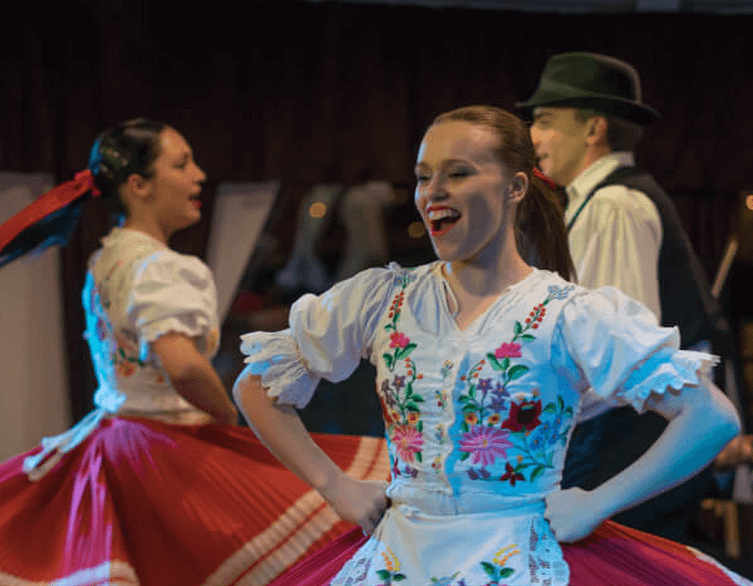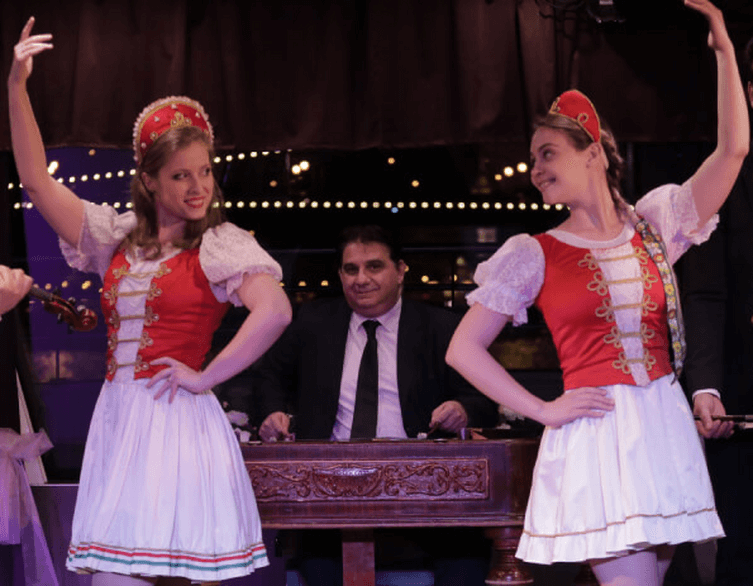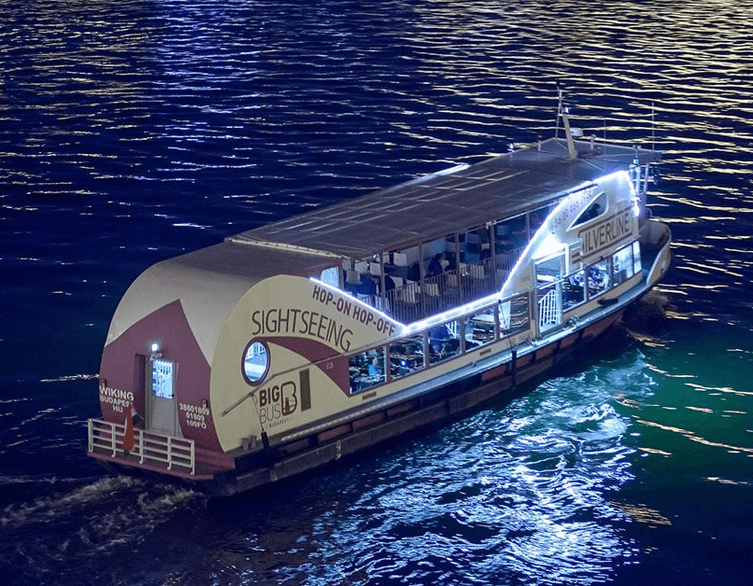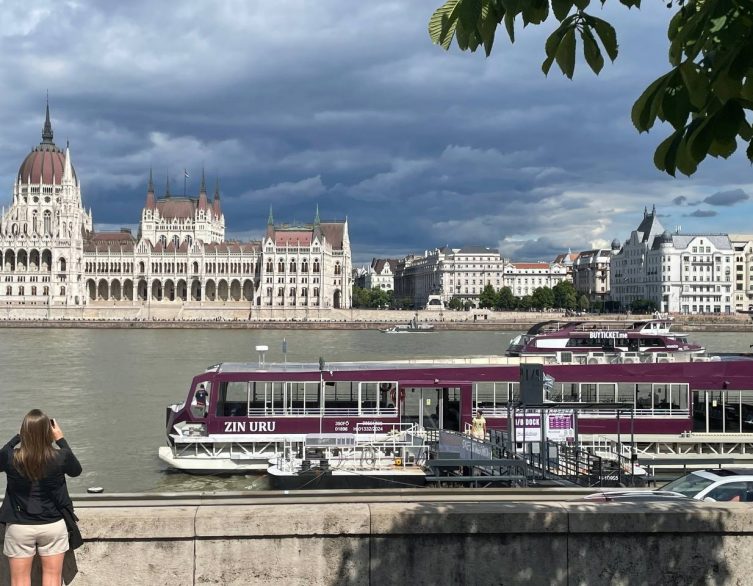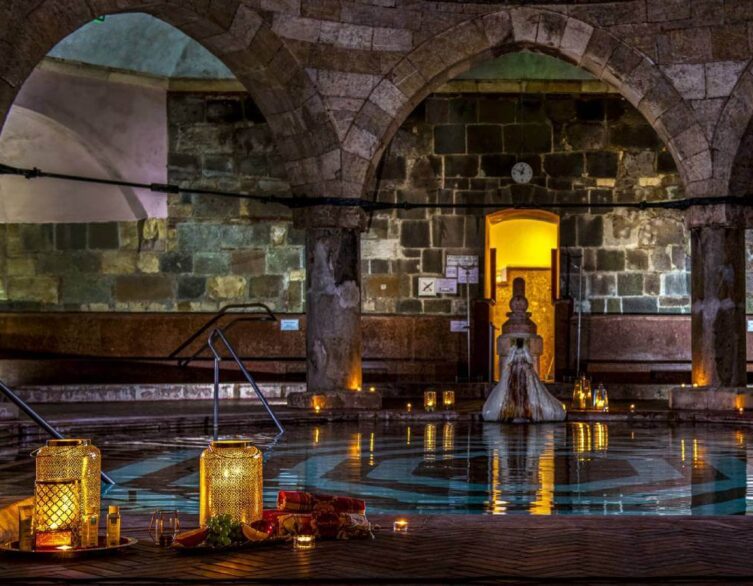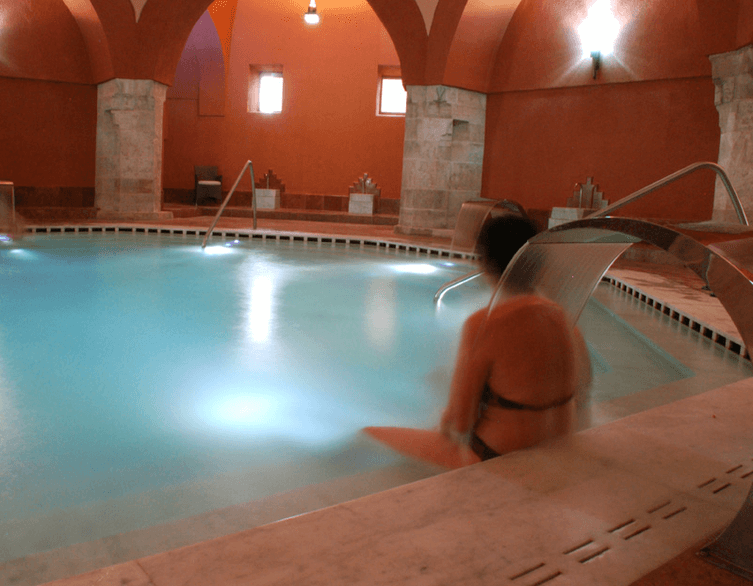Touch the Past: Medieval Pest Comes Alive in Bronze
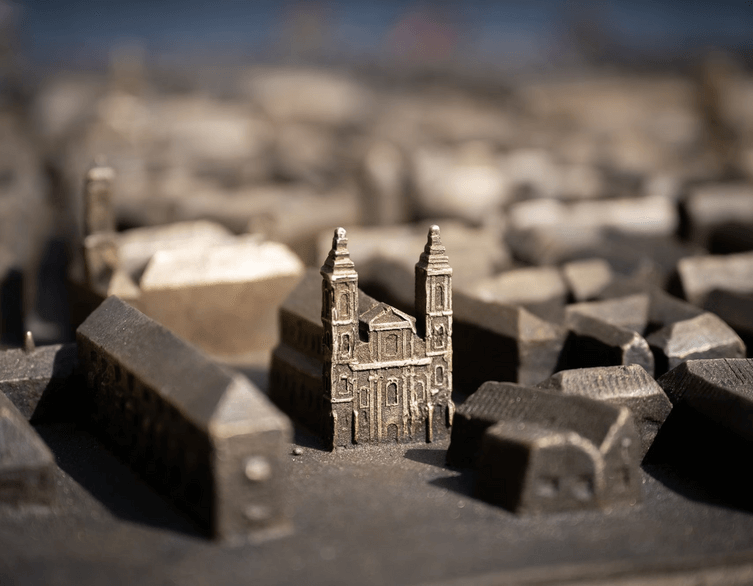
Budapest’s fifth district has unveiled a fascinating new attraction that lets visitors literally touch history. A detailed bronze model depicting medieval Pest has been installed on Régi posta utca (Old Post Office Street), offering both residents and tourists an interactive journey back to a pivotal century in the city’s past. This tactile tribute to Budapest’s heritage represents the latest chapter in an ambitious street renovation project that’s transforming a previously overlooked corner of downtown into a green, accessible public space.
A Century of History Cast in Bronze
The newly installed bronze model captures medieval Pest during the hundred years following the expulsion of Ottoman forces, a transformative period when the city rebuilt itself from the devastation of Turkish occupation. Weighing between 150 and 180 kilograms, this substantial artwork invites viewers to do something museums typically forbid—touch the exhibits.
District Mayor Péter Szentgyörgyvölgyi announced the installation with evident pride, emphasizing that the model makes history tangible in the most literal sense. Visitors can run their fingers across the miniature city walls that once protected Pest’s inhabitants, trace the outline of the roundel fortification, and feel the contours of three historic city gates that controlled access to medieval Pest. The model also features buildings that still stand today, including the Servite Church and the church on Egyetem Square, creating a direct connection between past and present.
This hands-on approach to historical education offers something particularly valuable for tourists exploring Budapest. Rather than simply reading about or viewing images of the city’s medieval layout, visitors can explore a three-dimensional representation that shows how Pest’s geography shaped daily life centuries ago. The tactile element makes the experience accessible to everyone, including visually impaired visitors who can understand the city’s historical layout through touch.
Best deals of Budapest
Transforming a Forgotten Street
The bronze model represents just one element of a comprehensive renovation project that’s reimagining Régi posta utca. The district government launched the street’s transformation in September 2024 with clear objectives: creating orderly, safe, and accessible surfaces while dramatically increasing green space in an area that previously offered none.
The results speak to thoughtful urban planning that respects historical context while addressing modern needs. Ten new trees will line the street—five planted directly into the pavement and five in raised planters. For a district where every square meter matters, adding 120 square meters of new green space represents a significant commitment to environmental improvement. The project also includes an impressive 75-square-meter green wall, bringing vertical gardens to the urban landscape.
Historical elements thread throughout the renovation. Small cobblestones outline where the medieval roundel fortification once stood, allowing pedestrians to trace its circular shape as they walk. After restoration, a commemorative plaque honoring the roundel will return to its original position on the firewall of the building at Régi posta utca 2. The street will also welcome back the restored Hermes Fountain, which originally stood outside the Fontana Department Store on Váci Street before that building’s demolition.
Why This Street Matters
Régi posta utca occupies a particularly interesting location in Budapest’s fifth district, the historic heart of Pest. While nearby Váci Street draws massive crowds of tourists browsing shops and restaurants, this smaller parallel street has remained relatively quiet—until now. The renovation positions it as both a functional pedestrian route and a destination worth seeking out specifically.
The medieval bronze model serves multiple purposes beyond simple decoration. It educates visitors about Pest’s development, illustrates how much smaller the settled area once was compared to today’s sprawling city, and demonstrates the importance of fortifications during a period when military threats remained constant. For history enthusiasts, the model provides context for exploring other medieval remnants scattered throughout the district, from the handful of surviving buildings to street patterns that still reflect ancient layouts.
Opening Soon for Exploration
According to Mayor Szentgyörgyvölgyi, the renovated Régi posta utca will open to the public soon. When the street inaugurates, it will offer downtown residents and visitors a refreshed urban space that balances historical awareness with contemporary amenities. The combination of the bronze model, expanded greenery, improved accessibility, and restored historical elements creates a micro-destination that rewards those who venture off Váci Street’s well-worn tourist path.
The project timeline has remained remarkably consistent with original plans. When work began in September 2024, officials promised an autumn 2025 completion, and all signs suggest they’ll deliver on that commitment. The bronze model’s installation on October 7th marked one of the final major elements falling into place before the official opening.
What Visitors Should Know
For tourists planning to visit this new attraction, Régi posta utca runs parallel to Váci Street in Budapest’s fifth district, making it extremely accessible from major downtown locations. The street connects the area near Ferenciek Square with the vicinity of Egyetem Square, placing it squarely within the most walkable and tourist-friendly part of the city.
The bronze model’s interactive nature sets it apart from typical monuments. Rather than roping it off behind barriers, the installation specifically encourages physical engagement. This approach reflects a growing recognition that allowing people to touch historical representations creates stronger connections and more memorable experiences than purely visual displays. Visitors can spend as much time as they’d like studying the model, photographing it from various angles, and using it as a reference point for understanding how medieval Pest related to the modern city surrounding them.
The addition of substantial greenery makes the street more than just a quick stop to view the model. The trees and green wall will provide shade and visual interest, potentially transforming Régi posta utca into a pleasant place to linger rather than simply pass through. For travelers seeking respites from downtown Budapest’s sometimes overwhelming crowds and commercial energy, this renovated street promises a calmer atmosphere without straying far from central attractions.
Connecting Past and Present
The Régi posta utca project exemplifies how thoughtful urban renovation can honor history while serving contemporary needs. The bronze model doesn’t stand alone as a nostalgic gesture toward the past—it’s integrated into a broader vision that includes environmental improvements, accessibility enhancements, and the restoration of other historical elements like the Hermes Fountain and roundel plaque.
This integration matters because it prevents history from becoming mere decoration. Instead, the medieval model occupies a street that itself tells stories through its cobblestone patterns, green spaces, and carefully restored elements. Visitors walking along the renovated street experience layers of history simultaneously: the medieval city represented in bronze, the early modern fortifications outlined in cobblestones, and the contemporary commitment to creating livable, sustainable urban spaces.
Budapest contains countless reminders of its complex, often turbulent past. What makes the Régi posta utca project special is its invitation to engage with that past directly and physically. The bronze model doesn’t demand reverent distance—it asks visitors to explore it with their hands, to understand medieval Pest through touch as well as sight. Combined with the street’s other improvements, this creates a small but meaningful addition to Budapest’s rich tapestry of historical attractions, one that rewards curiosity and offers something genuinely new to a city where “new” often means “newly discovered old.”
Related news



